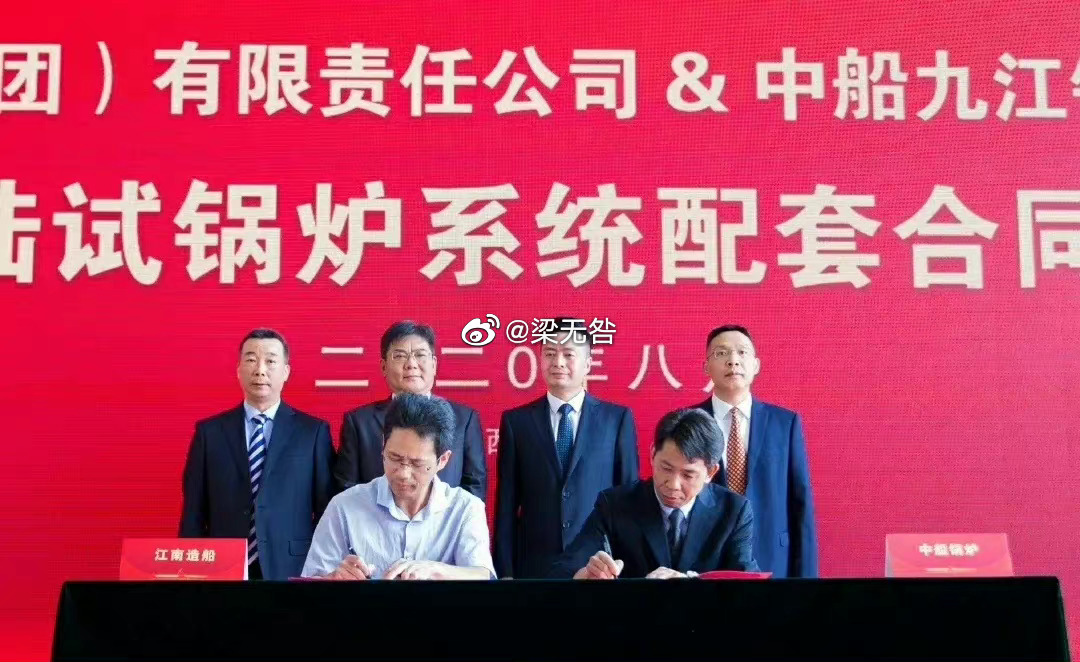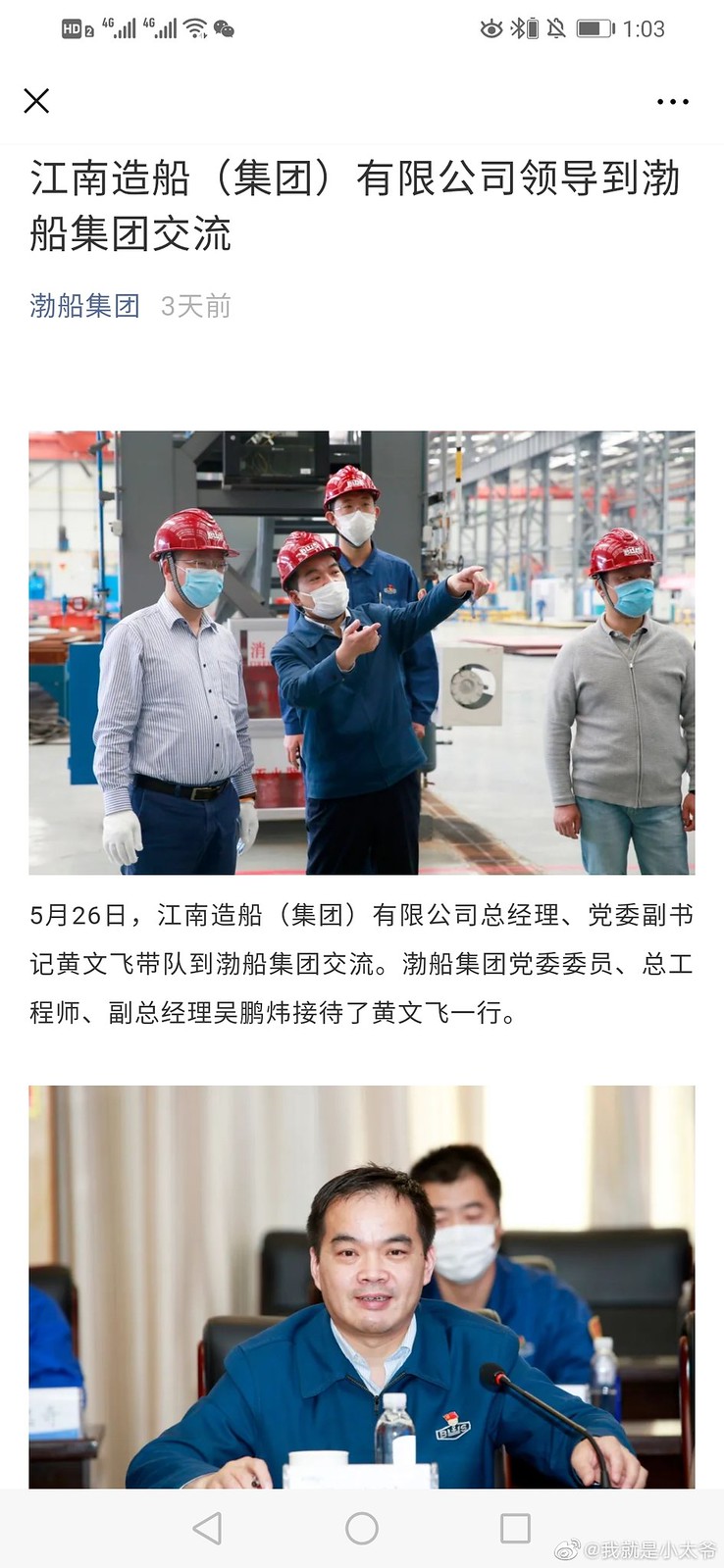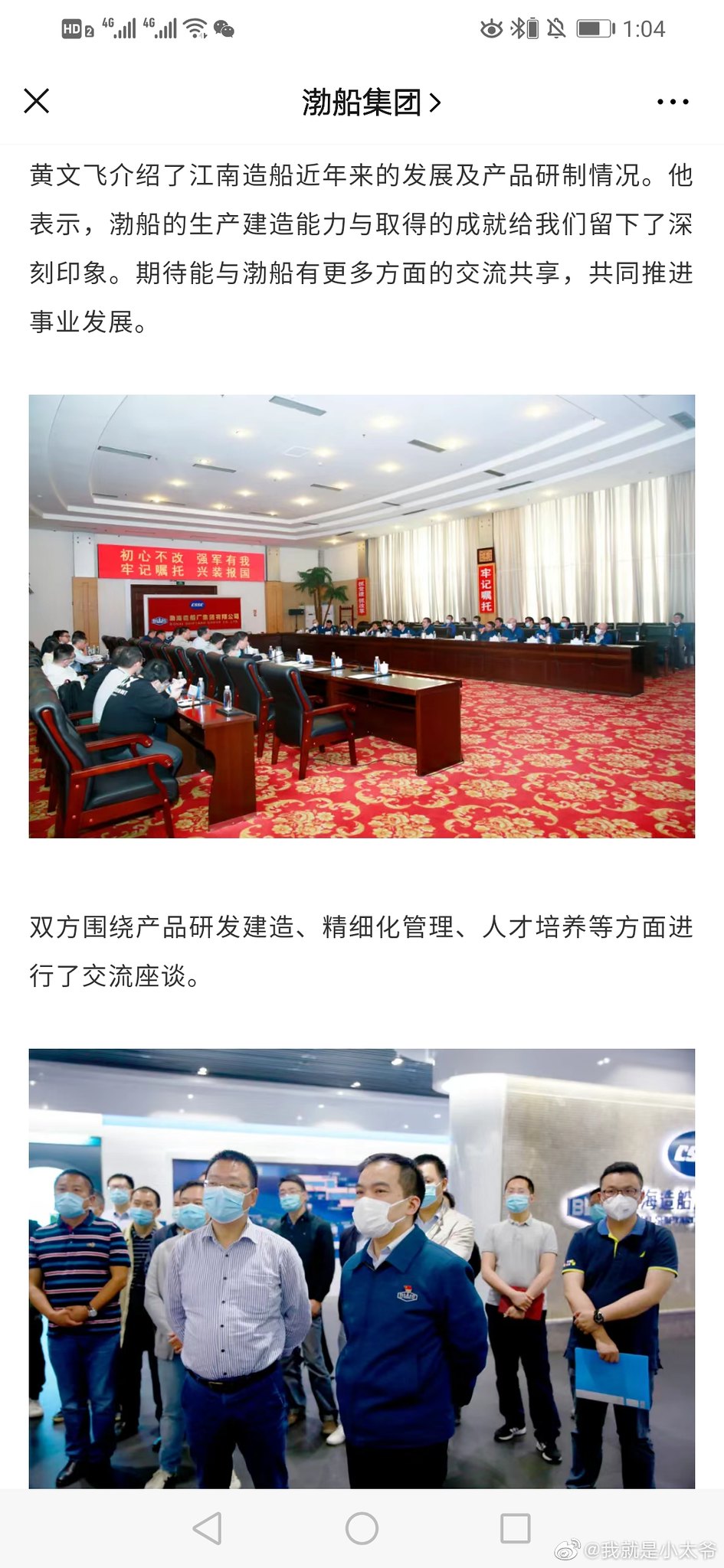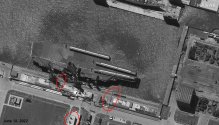The main costs of nuclear power is not in uranium. It's in the reactor.So has the price of uranium gone up, from about $10 in the late 90s to about $50 today.
You are using an out of date browser. It may not display this or other websites correctly.
You should upgrade or use an alternative browser.
You should upgrade or use an alternative browser.
00X/004 future nuclear CATOBAR carrier thread
- Thread starter AETHER
- Start date
This is also what I am looking at, that liability on military installations is above all features.They won't use hybrid power system in a warship.
Economy always has less priority than robustness in a warship design.
Hybrid car complexity comes from the drivetrain transmission. There is a sole source of energy, the gasoline, it is just distributed through either a mechanical transmission or electricity. Due to customer requirements there is often both a mechanical shaft transmission and a generator.So we are talking about a hybrid power system onboard? A relatively small reactor for normal power supply & an addition for extreme scenarios?
To be honest hybrid never works well in one system. Check the hybrid car (HEV), it's more expensive and less reliable. It is a very innovative idea though but not sure if the PLAN is going to take that path.
If it is only brought to my attention in one of the CV-18 introduction and I quote: "福建舰采用舰船综合电力系统..." which literally means CV-18 equipped with a "Ship Integrated Power System" (not sure if the translation is accurate).
I read a paper somewhere saying this system contains multiple supercapacitors as reservoir of electricity generated. From my understanding the electricity generated from generators (nuclear or conventional) is not directly supplied to consuming departments but actually to a huge battery with high power discharge capability. In this case the hybrid system probably is not really needed.
Like I said the hybrid is a very interesting idea in case of use, which is capable to adapt different scenarios. However such concept would significantly increase the complicity of the power system and reduce its liability, of which is not the primary of military installations.
Due to my limited knowledge I cannot see more advantage onto it. Probably the professionals can develop this topic further for better understanding.
If hybrid is so bad then every conventional submarine is junk because what do you think diesel electric is? It is literally a diesel engine running a generator to produce electricity, the dreaded hybrid. UK is also a foolish country for using IEP because what do you think IEP is? Electric transmission of mechanical energy generated by a fossil engine.
Interestingly, Fujian docked next to it. You can see chimneys and steam pipes.For what is worth, Jiangnan is building a dedicated onshore boiler testing facility. This facility will allegedly be used to verify the steam supply system of China's carrier nuclear reactors. The test boilers will be able to generate enough steam and steam pressure to test the bearing capacity of various pipes and valves as well as the steam turbines destined for the nuclear carrier.


Going back earlier, in May of 2020, the top leadership of Jiangnan shipyard paid a visit to Bohai shipyard to conduct detailed exchanges on product development and personnel training, etc. The visit follows up on earlier exchanges between the two shipyards.
Of course, Bohai has a lot of experience building nuclear-powered submarines. Jiangnan has no experience with nuclear power plants.




Is that a Type 052C on the barge at the top of the image? If so I'd like to copy this to the relevant thread.Interestingly, Fujian docked next to it. You can see chimneys and steam pipes.
View attachment 91368
Yes, it is.Is that a Type 052C on the barge at the top of the image? If so I'd like to copy this to the relevant thread.
Is that a Type 052C on the barge at the top of the image? If so I'd like to copy this to the relevant thread.
Nice spotting. Makes me wonder if this is just some maintenance or there is more to it.
Thank you, Tam. (Previous) occupational hazard. But as you say, simply maintenance, or something more? My initial thinking is that it is a little early for the Type 052Cs to be upgraded, but of course, we don't know if there are some operational drivers?Nice spotting. Makes me wonder if this is just some maintenance or there is more to it.
Copied to 052C/052D Class DestroyersAlso, can more accomplished Staff please move these posts to the relevant thread. Thank you.
